Breeding rare aquarium fish at home represents one of the most rewarding challenges in the fishkeeping hobby. Beyond the satisfaction of witnessing new life develop, successful breeding contributes to conservation efforts for endangered species, reduces pressure on wild populations, and deepens your understanding of aquatic life cycles. Whether you’re a hobbyist looking to expand your collection or a conservation-minded enthusiast, this comprehensive guide will walk you through the essential steps, techniques, and considerations for breeding rare aquarium fish in your home aquarium.
Understanding the Basics of Fish Reproduction

Before attempting to breed rare fish species, it’s essential to understand the different reproductive strategies employed by various fish species. Some fish are livebearers, giving birth to fully-formed fry after internal fertilization, while others are egg-layers that fertilize and develop their eggs externally. Certain species practice parental care, carefully guarding their eggs and young, while others scatter thousands of eggs and provide no parental attention whatsoever. Some rare species have extraordinarily complex breeding requirements involving specific water parameters, seasonal changes, or social structures that must be replicated precisely in captivity. Understanding the reproductive biology of your specific rare fish species forms the foundation of any successful breeding project, so thorough research into your target species’ natural spawning behaviors is your critical first step.
Selecting Healthy Breeding Stock
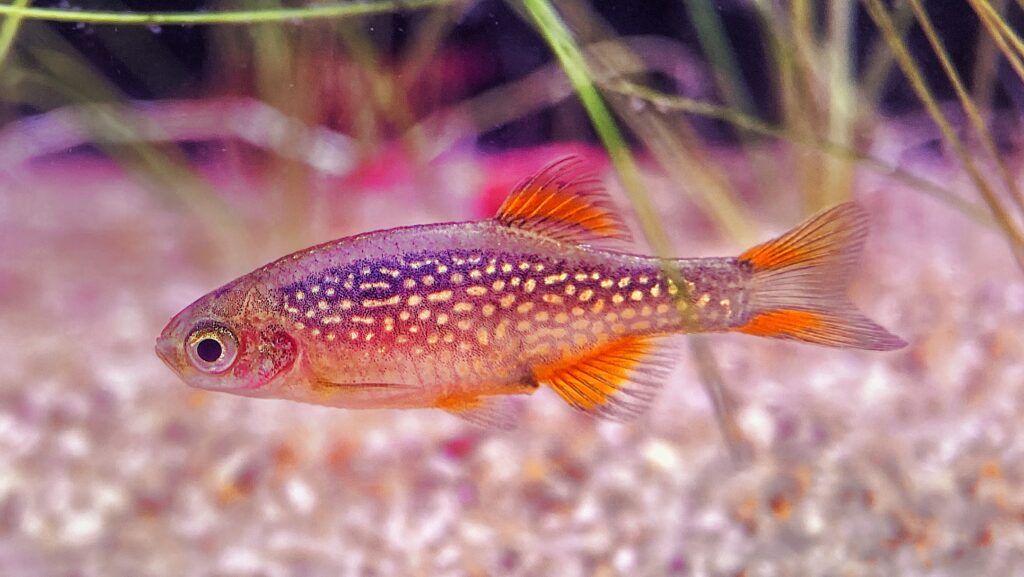
The quality of your breeding stock will significantly impact your success rate when breeding rare aquarium fish. Select sexually mature specimens that display vibrant coloration, proper fin development, and active, natural behavior patterns specific to their species. Avoid fish with deformities, signs of disease, or stunted growth, as these traits may be passed to offspring or indicate underlying health issues that could prevent successful breeding. Whenever possible, obtain unrelated specimens to maintain genetic diversity and prevent inbreeding depression, which can lead to weaker offspring with reduced fertility and survival rates. For extremely rare species, connecting with specialized breeding programs, aquarium societies, or reputable breeders can help you source quality specimens with known lineage, increasing your chances of breeding success while supporting ethical acquisition practices.
Creating Ideal Breeding Conditions
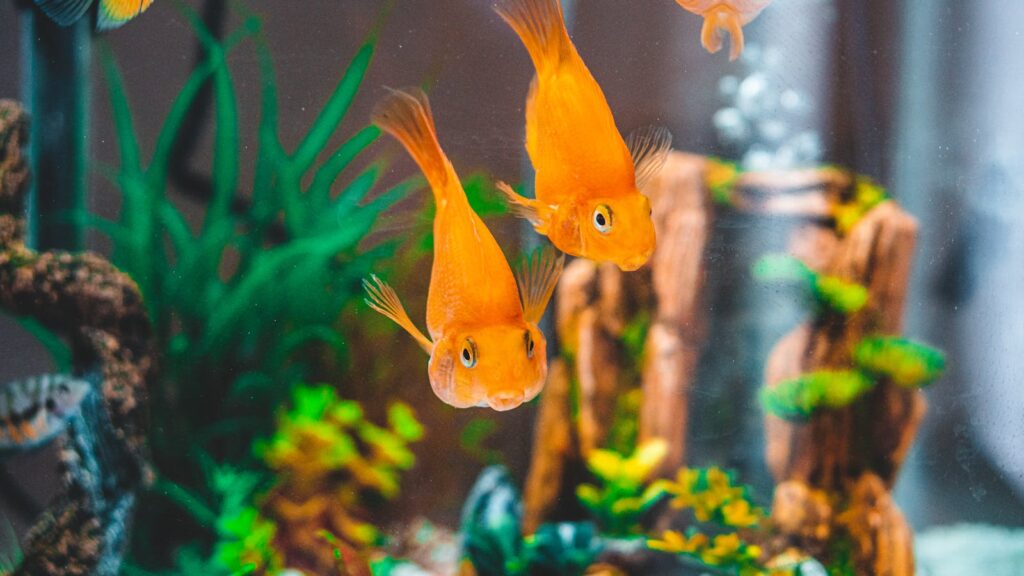
Replicating natural breeding conditions is paramount when working with rare species that may have evolved highly specific spawning triggers. Research your species’ native habitat thoroughly, paying close attention to seasonal variations in water temperature, pH, hardness, and light cycles that may trigger spawning behavior in the wild. Some species require dramatic changes, such as temperature drops, increased water flow, or simulated rainfall to induce breeding, while others respond to changes in photoperiod that mimic seasonal shifts. Aquascaping elements like specific plants, spawning mops, breeding caves, or substrates may be necessary depending on where and how your species naturally deposits eggs. Documentation of water parameters and environmental adjustments will help you refine your approach over time, especially with species that have rarely been bred in captivity and may require experimental approaches.
Nutrition for Successful Breeding
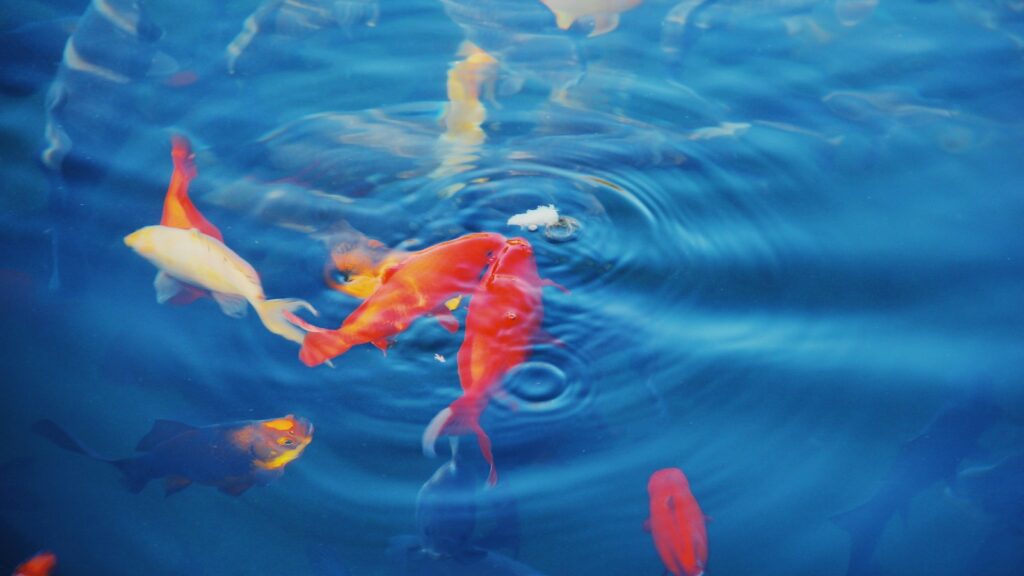
Proper nutrition plays a critical role in conditioning fish for breeding and ensuring the development of viable eggs and sperm. Implement a varied, high-quality diet that includes live foods rich in essential nutrients several weeks before anticipated breeding attempts. For many species, live foods such as bloodworms, brine shrimp, daphnia, and microworms provide natural hunting stimulation while delivering concentrated proteins and fats necessary for egg production. Supplement with specialized commercial conditioning foods that contain higher levels of proteins, vitamins, and carotenoids, which can enhance coloration and reproductive health. The nutritional needs of rare species may differ significantly from common aquarium fish, so researching wild feeding habits can provide insights into specific dietary requirements that may be essential for reproductive success, such as certain algae types, insect larvae, or seasonal foods that trigger spawning readiness.
Setting Up a Dedicated Breeding Tank
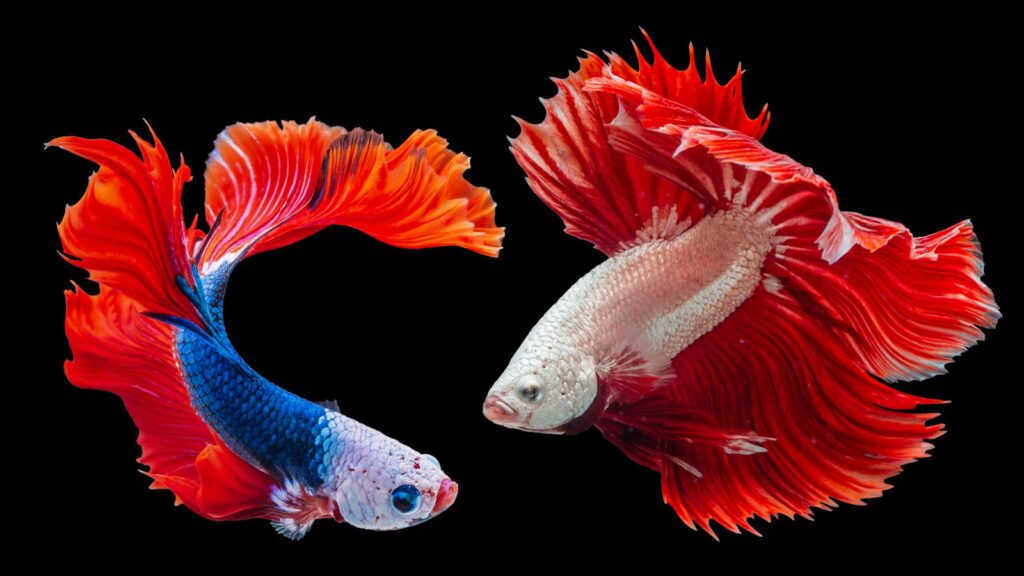
A dedicated breeding tank offers several advantages over attempting to breed rare fish in a community aquarium. This specialized setup allows precise control over water parameters, reduces competition and stress, and protects vulnerable eggs and fry from predation. Size your breeding tank appropriately for your species, considering territorial needs during courtship and spawning rituals—too small and aggression may prevent successful breeding, too large and the fish may never encounter each other for spawning. Keep equipment minimal but functional, typically including gentle filtration that won’t suck up eggs or fry, adjustable heating, and appropriate lighting that mimics natural conditions. For many rare species, bare-bottom tanks make egg collection easier and prevent eggs from getting lost in substrate, though some species require specific substrates or plants for egg deposition and will not spawn without them.
Managing Water Parameters for Rare Species

Precise water chemistry management often makes the difference between success and failure when breeding rare aquarium fish. Invest in high-quality testing equipment to monitor and maintain appropriate levels of pH, hardness, temperature, and dissolved oxygen—parameters that can vary dramatically between species. Some rare fish, particularly those from blackwater environments or seasonal streams, may require extraordinarily soft, acidic water conditions that can be achieved through reverse osmosis systems combined with specialized remineralizers or botanical additives like catappa leaves or peat. Regular, small water changes using properly treated water help maintain stable conditions while removing waste compounds that could harm developing eggs or sensitive fry. For species that respond to rainy season cues, simulating rainfall through cooler, softer water changes or drip systems can trigger spawning behavior that might otherwise never occur in standard aquarium conditions.
Recognizing and Supporting Breeding Behavior
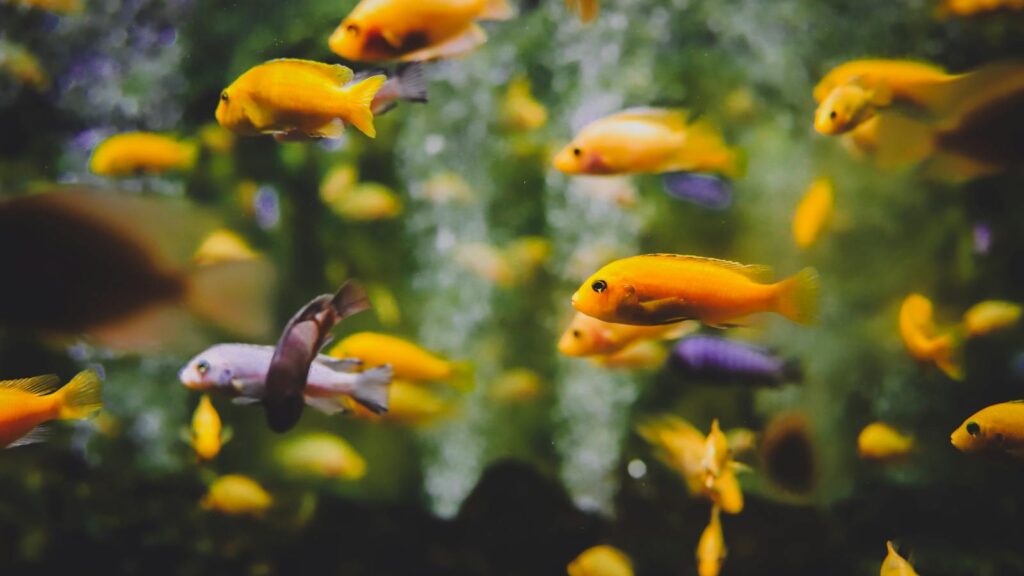
Successfully breeding rare fish requires attentive observation to recognize subtle courtship and pre-spawning behaviors that indicate your conditioning efforts are working. Males of many species develop intensified coloration, extended fins, or specialized breeding tubercles, while females often display rounder abdomens filled with eggs. Courtship behaviors vary tremendously across species, ranging from elaborate dances and displays to aggressive chasing or fin nipping that can sometimes be mistaken for incompatibility. During active spawning periods, minimize disturbances around the aquarium, as many rare species are easily startled and may abandon breeding attempts if they feel threatened. Document behaviors through notes or video recordings, as these observations can contribute valuable information to the aquarium hobby, particularly for species with limited breeding documentation in captivity.
Egg Collection and Incubation Techniques

Different fish species require different approaches to egg management after spawning occurs. For egg-scatterers that provide no parental care, prompt removal of adults after spawning prevents predation of eggs, while species with parental care often achieve better hatching rates when parents remain to tend their clutch. Some eggs require gentle water movement to prevent fungal infections, while others need completely still water to develop properly. Specialized incubation equipment like hatching containers with micro-mesh, methylene blue treatments for preventing fungus, or tumbler systems for certain egg types can significantly improve hatching success rates with delicate rare species. Maintaining impeccable water quality during incubation is crucial, as developing embryos are extremely sensitive to toxins, with even trace amounts of ammonia or nitrite potentially causing developmental abnormalities or total clutch failure.
First Foods for Delicate Fry

The first feeding stage represents one of the most critical hurdles in rare fish breeding, with many species requiring exceptionally small live foods matched to their tiny mouth sizes. Cultivating infusoria, rotifers, and other microscopic organisms provides ideal first foods for the smallest fry, followed by newly hatched brine shrimp nauplii as they grow. Establishing food cultures well before anticipated hatching ensures continuous food availability during crucial early development stages when fry may need feeding multiple times daily. Commercial fry foods can supplement but rarely replace live foods entirely for rare species, particularly those with specialized feeding mechanisms or extremely small mouths. Feeding schedules should be consistent but adjusted to prevent water quality issues from excess food, with larger, more frequent water changes often necessary during the rapid growth phase to remove growth-inhibiting hormones that accumulate in the water.
Managing Growth Stages and Preventing Cannibalism

As fry develop, their needs change rapidly, requiring adjustments to feeding routines, tank parameters, and housing arrangements. Growth rates within a single clutch often vary significantly, creating size disparities that can lead to cannibalism among siblings, particularly in predatory species. Implementing regular culling practices to separate larger fry from smaller siblings helps maximize survival rates across the entire clutch. Environmental enrichment through appropriate hiding places, plants, or structure benefits fry development by reducing stress and providing opportunities for natural behaviors that strengthen swimming abilities and hunting skills. Gradual introduction of varied foods that increasingly resemble adult diets ensures proper development and prepares juveniles for eventual integration into permanent collections or distribution to other aquarists.
Record-Keeping and Documentation

Thorough documentation forms an essential component of rare fish breeding, benefiting both your future breeding attempts and the broader aquarium community. Maintain detailed records of water parameters, temperature fluctuations, feeding regimens, and behavioral observations throughout the breeding process. Photographic or video documentation of development stages provides valuable reference material for aging and identifying milestones in species that may be poorly documented in aquarium literature. Sharing your breeding successes, methods, and even failures through aquarium societies, specialized forums, or publications contributes valuable knowledge to conservation efforts and helps other hobbyists succeed with similar species. For particularly rare or endangered species, connecting with conservation organizations or university research programs may provide opportunities for your breeding project to contribute to formal conservation initiatives.
Ethical Considerations in Rare Fish Breeding
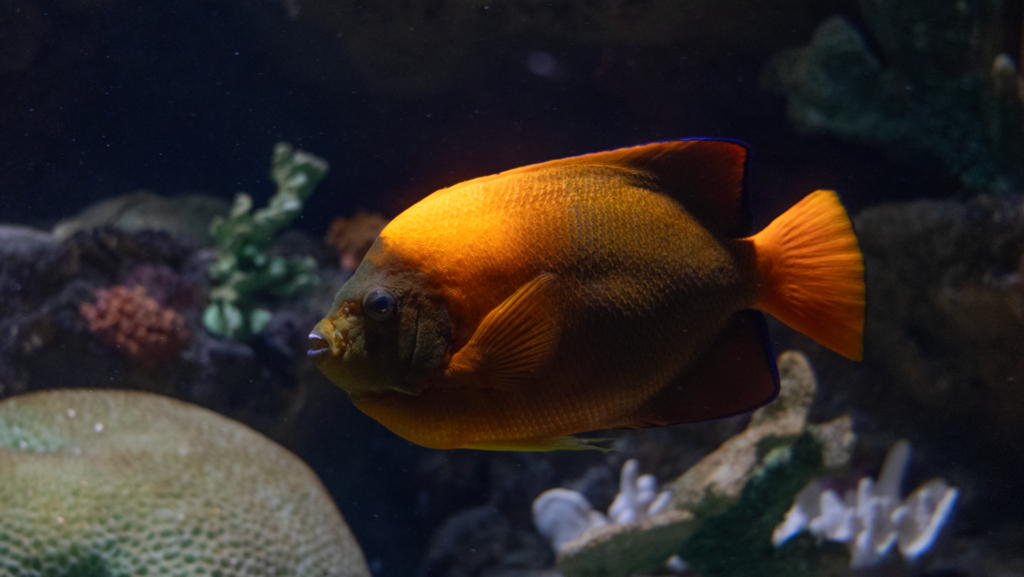
Breeding rare aquarium fish carries ethical responsibilities regarding both conservation implications and the welfare of the animals in your care. Consider the ultimate destination of offspring, ensuring you have appropriate outlets for juveniles before initiating breeding projects that could produce dozens or hundreds of fish. For critically endangered species, coordination with species survival programs or recognized conservation organizations may be appropriate to ensure genetic diversity is maintained across captive populations. Avoid breeding hybrid crosses of rare species, as these contribute to genetic pollution and confusion in captive populations, potentially undermining conservation breeding efforts. Prioritize species whose wild populations face collection pressure, habitat loss, or other threats, as successful captive breeding programs can reduce demand for wild-caught specimens while preserving genetic diversity that might otherwise be lost.
Troubleshooting Common Breeding Challenges
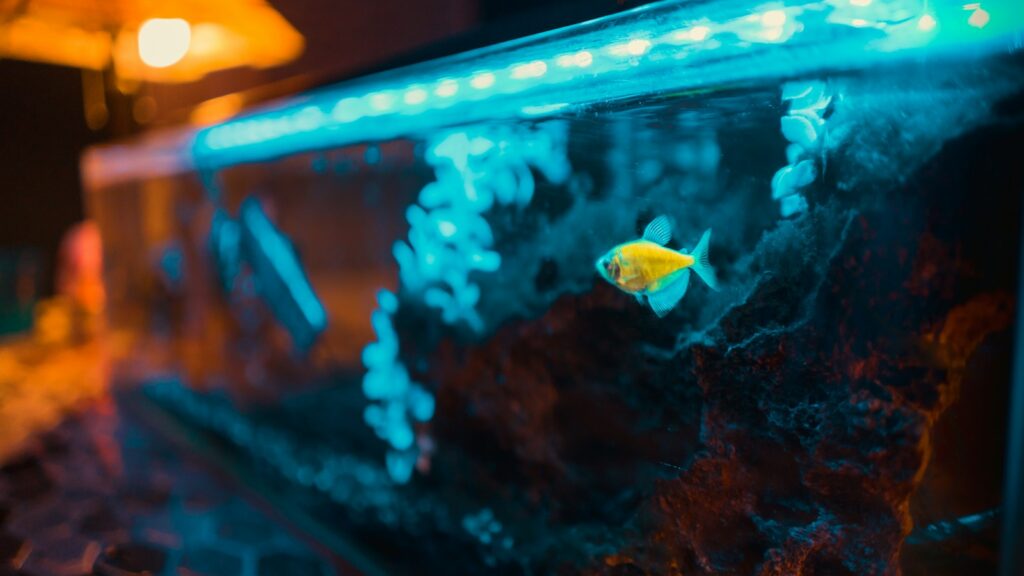
Even experienced breeders encounter obstacles when working with rare species that have complex requirements. Incomplete spawning behaviors, egg infertility, fungal infections, and poor fry survival represent common challenges that require methodical problem-solving approaches. When spawning fails to occur despite conditioning, consider adjusting water parameters more dramatically, as many rare species require more extreme environmental triggers than common aquarium fish. For recurring egg fungus issues, examine water quality, egg handling techniques, and consider prophylactic antifungal treatments at appropriate concentrations for sensitive eggs. Fry mortality often stems from inadequate first foods or water quality issues, necessitating experimentation with alternative food cultures or more frequent, smaller water changes using age-appropriate parameters. Persistence and willingness to adjust methods based on results characterize successful rare fish breeders, with some species requiring multiple attempts before successful protocols are established.
Breeding rare aquarium fish at home represents a perfect blend of science, art, and conservation. While the challenges may be considerable, the rewards extend beyond personal satisfaction to meaningful contributions to species preservation and the advancement of aquarium husbandry knowledge. By approaching rare fish breeding with patience, attention to detail, and respect for the specific needs of each species, home aquarists can achieve breeding successes once thought possible only in professional facilities. Whether your interest lies in preserving endangered species, reducing collection pressure on wild populations, or simply experiencing the wonder of bringing new life into the world, the techniques and considerations outlined in this guide provide a foundation for your journey into the specialized world of breeding rare aquarium fish.

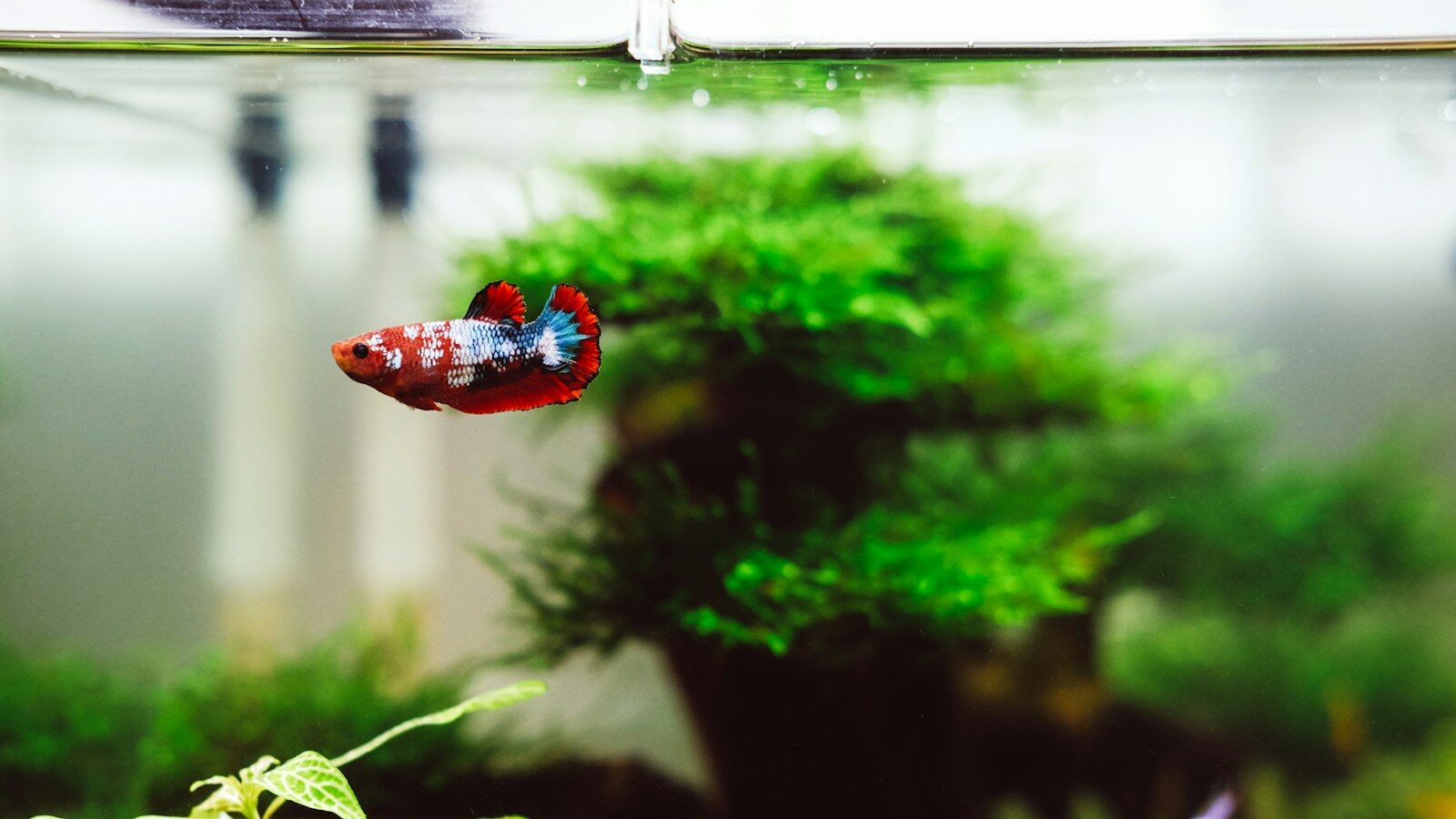
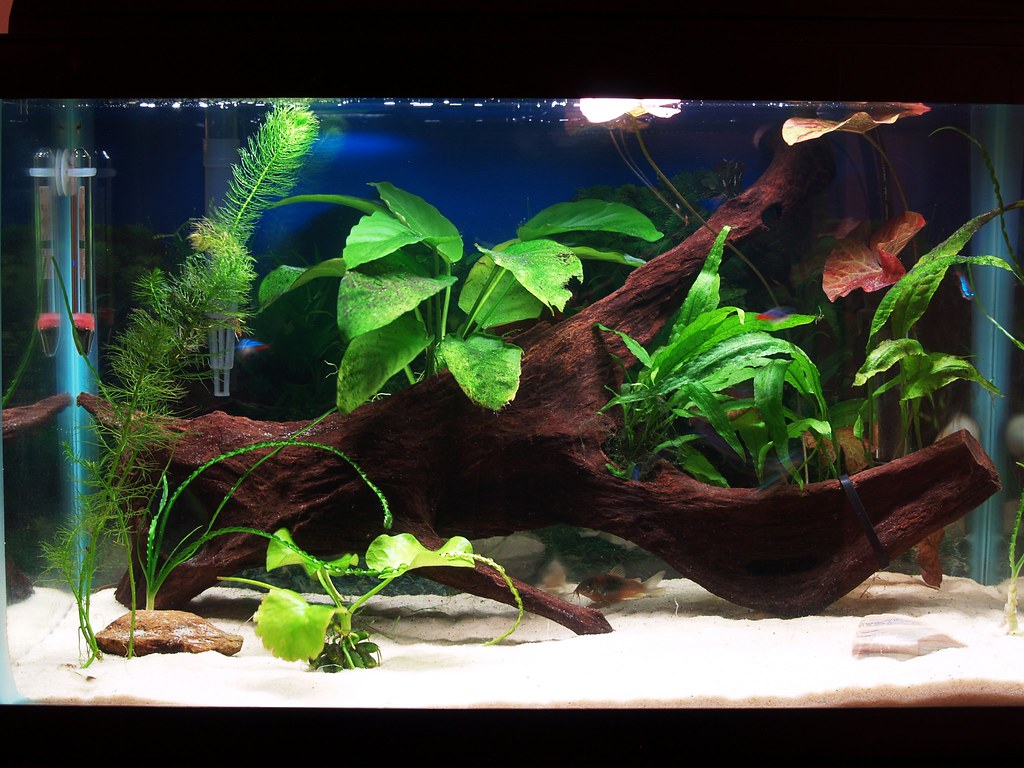
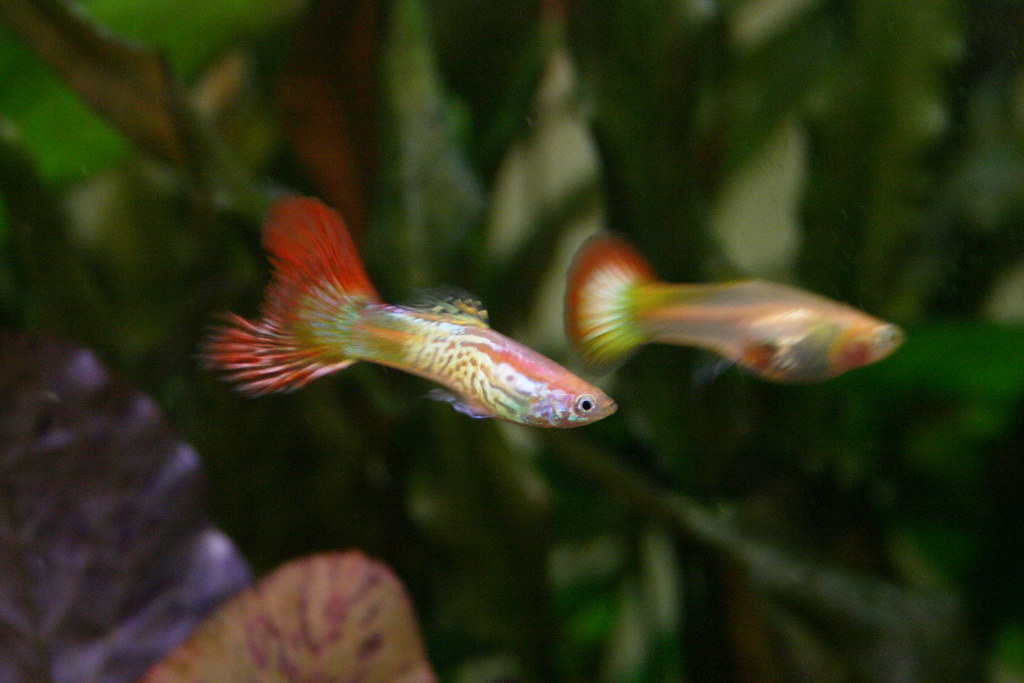


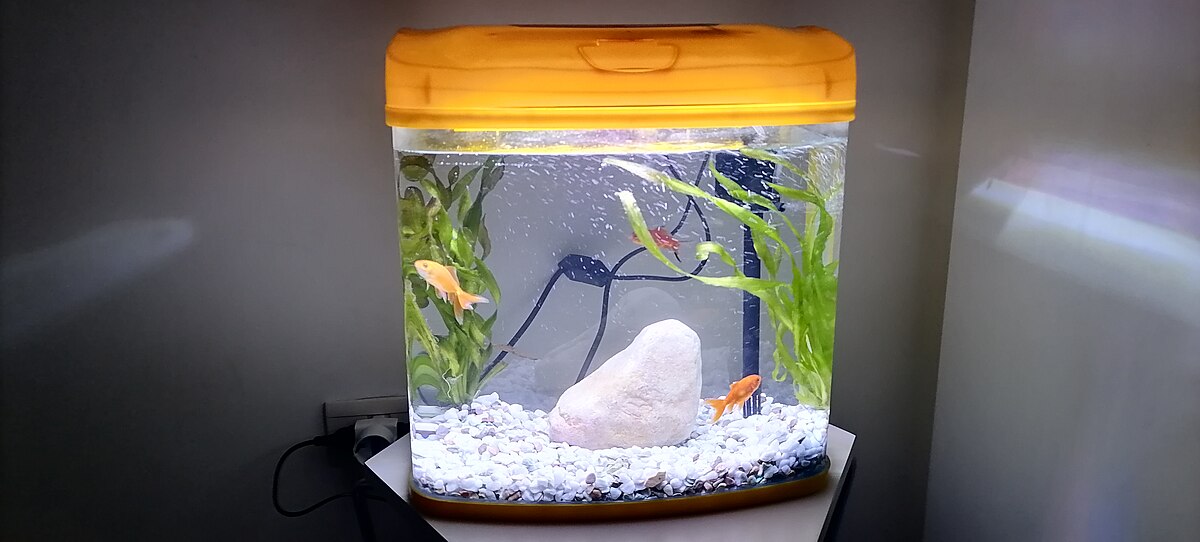
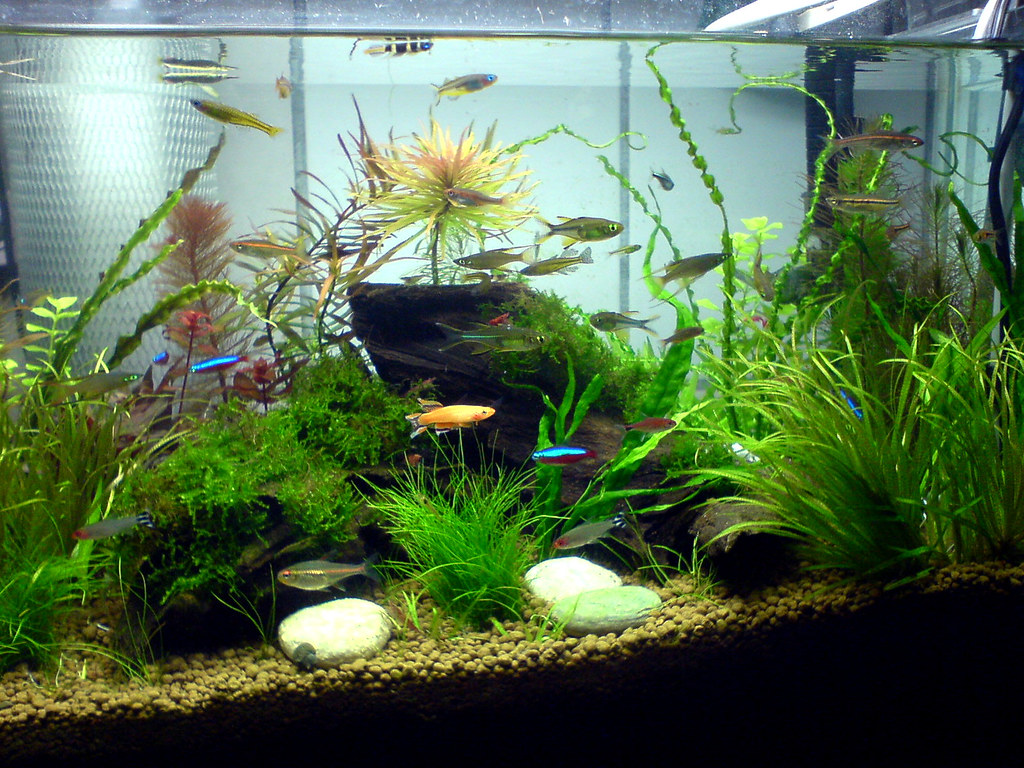
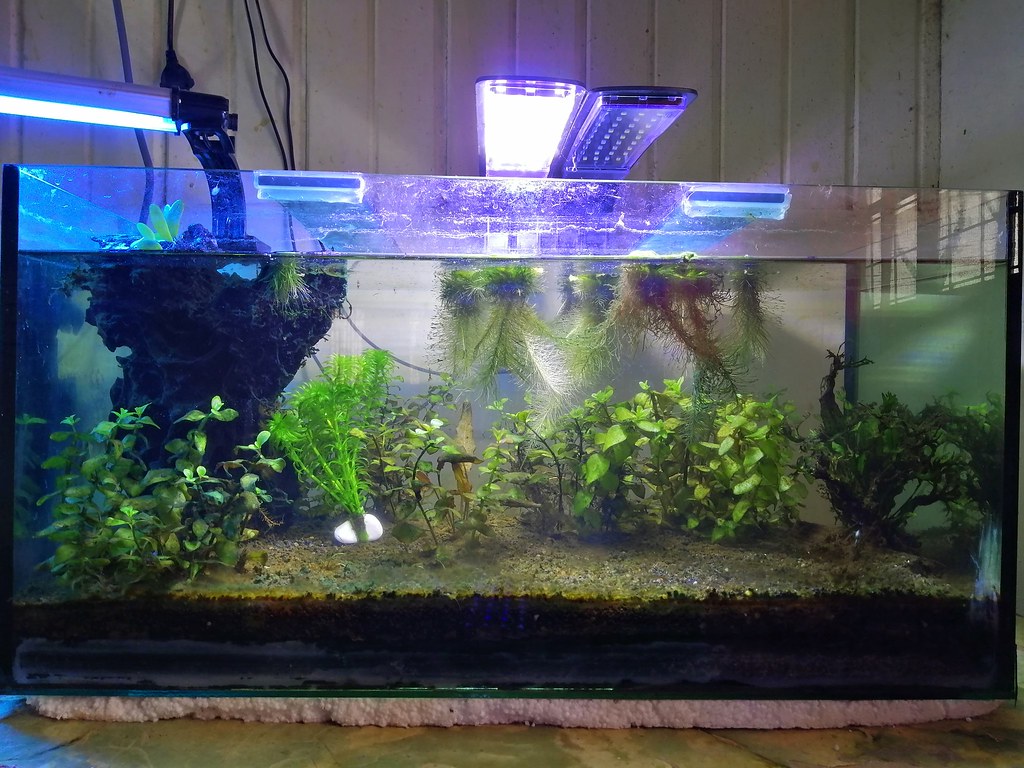
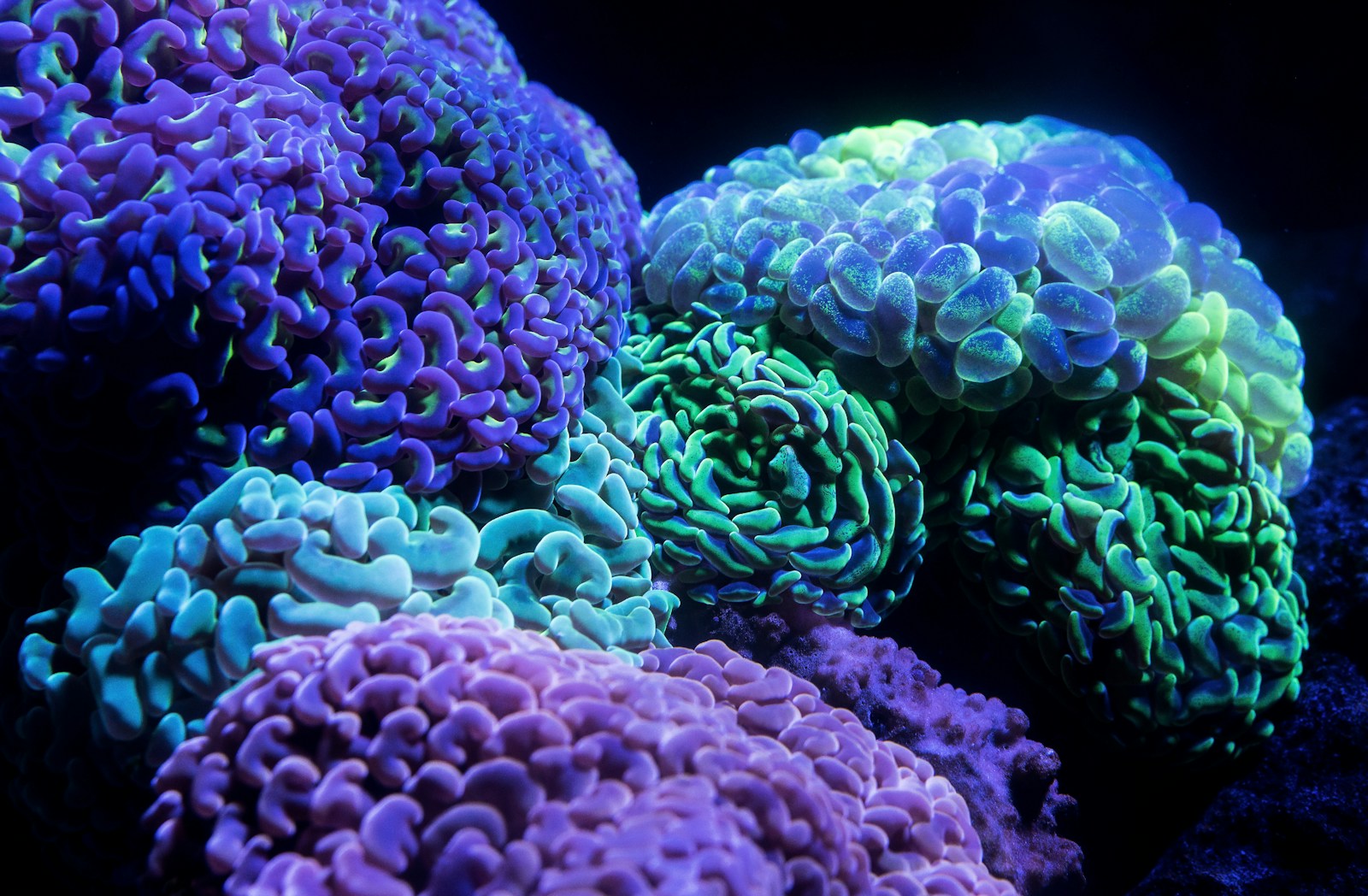

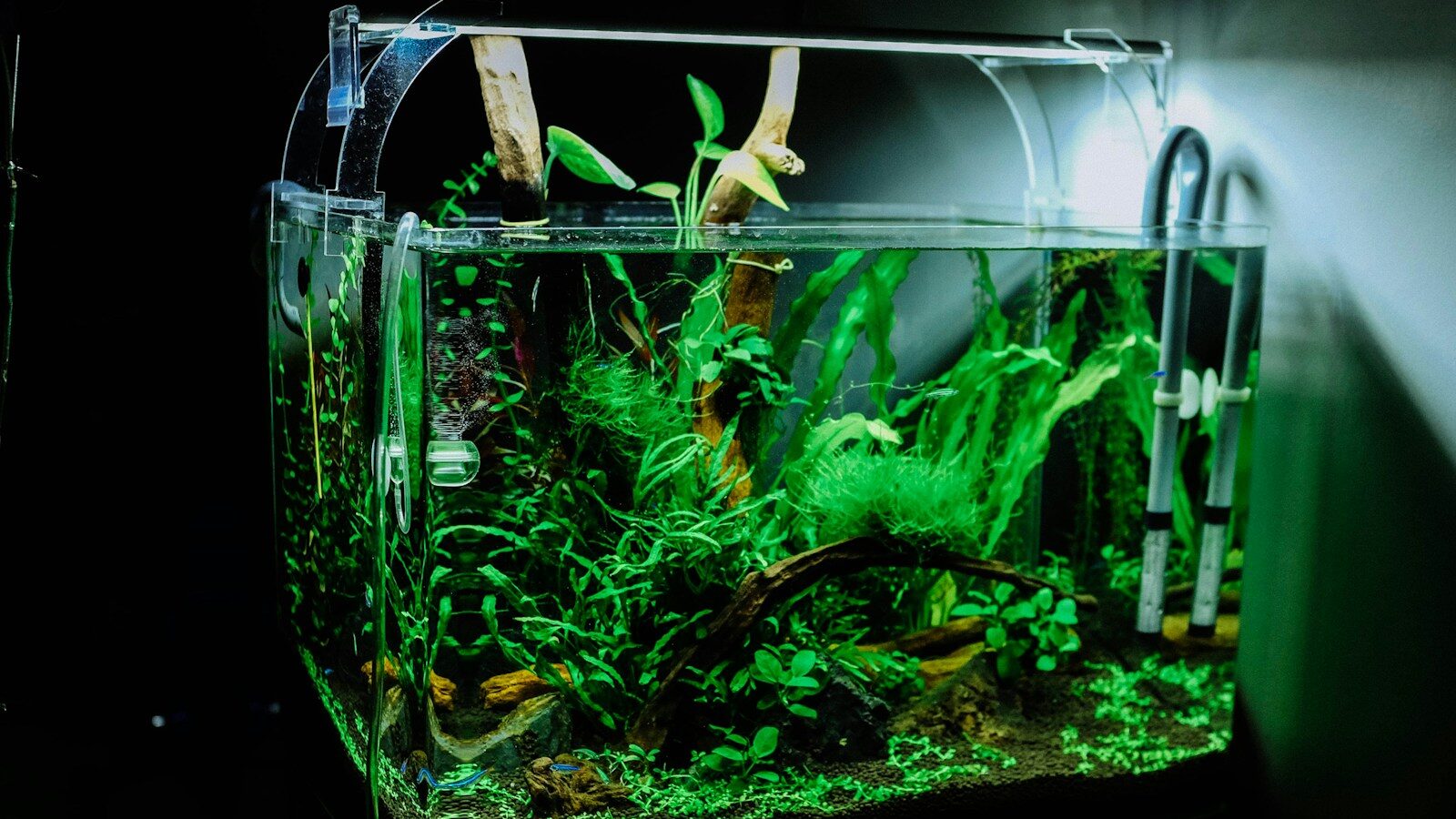




Leave a Reply